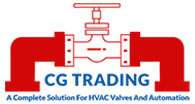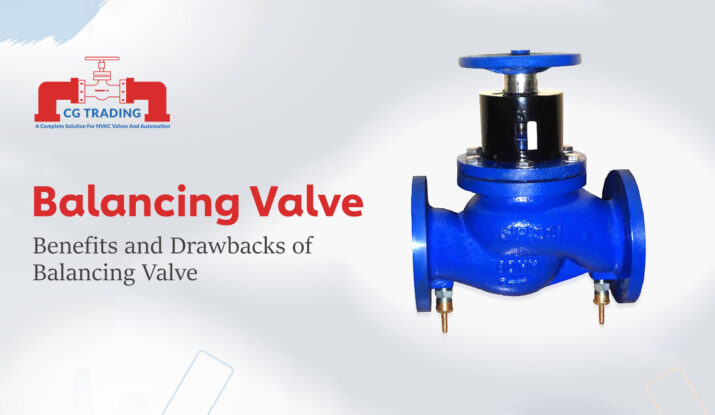Balancing Valves plays a crucial role in ensuring optimal performance and efficiency in the world of plumbing and HVAC systems. These valves help manage the flow of water or air within the system, maintaining balance and proper distribution. Among the various types, the Pressure Independent Balancing Valve (PIBV) has garnered significant attention for its advanced capabilities. This blog will explore the benefits and drawbacks of these valves, with a special focus on PIBVs.
Benefits of Balancing Valve
Improved System Efficiency
These valves are fundamental in ensuring that HVAC systems operate efficiently. By regulating the flow of water or air, these valves prevent overflows and underflows in different parts of the system. This precise control leads to optimal performance and reduces energy consumption, which is essential for maintaining cost-effective and environmentally friendly operations.
Prolonged Equipment Life
Over time, imbalances in an HVAC system can lead to increased wear and tear on equipment. Balancing valves help mitigate this issue by ensuring that all components operate within their designed parameters. This balance reduces the strain on individual parts, leading to a longer lifespan for the entire system.
Easy Maintenance and Troubleshooting
Modern valves, especially PIBVs, come equipped with features that simplify maintenance and troubleshooting. Brands like Honeywell and Danfoss often include measurement ports and easy-to-read indicators in these valves that allow technicians to quickly diagnose and address issues. This ease of maintenance can lead to reduced downtime and lower maintenance costs.
Drawbacks of Balancing Valve
Initial Cost
One of the primary drawbacks of valves, particularly advanced types like the Pressure Independent Balancing Valve, is the initial cost. These valves can be more expensive than traditional options, which might deter some building owners or managers from investing in them upfront. However, it’s important to consider the long-term savings in energy and maintenance costs.
Complex Installation
The installation process for valves can be complex, especially in retrofitting scenarios. Proper installation is crucial for the valves to function correctly, and this often requires skilled technicians. Incorrect installation can lead to system inefficiencies and negate the benefits of the valves.
Potential for Over-Engineering
In some cases, the use of advanced balancing valve like PIBVs might be seen as over-engineering, particularly in simpler HVAC systems. For smaller systems or those with less variable loads, traditional balancing methods might suffice, making the advanced features of PIBVs unnecessary.
The Role of Pressure Independent Balancing Valve (PIBVs)
A PIBV represents a significant advancement in HVAC technology. Unlike traditional valves that require constant manual adjustment, PIBVs automatically adjust to maintain a constant flow regardless of pressure changes in the system. This automatic adjustment offers several distinct advantages:
Simplified Balancing Process
PIBVs simplify the balancing process by eliminating the need for manual calibration. Once installed, these valves automatically adjust to changes in pressure, ensuring a balanced system without the need for constant oversight.
Greater Energy Efficiency
By maintaining a constant flow, PIBVs enhance energy efficiency. These valves reduce the need for pumps to operate at higher capacities, leading to lower energy consumption and cost savings over time.
Adaptability to Variable Loads
In systems with variable loads, PIBVs excel by adapting to changing conditions. Whether the system experiences fluctuating demand due to seasonal changes or varying occupancy levels, PIBVs maintain optimal performance without the need for manual intervention.
Conclusion
Balancing valve, particularly Pressure Independent Balancing Valve, offer numerous benefits for HVAC systems. However, they also come with drawbacks such as higher initial costs and potential installation complexities. Despite these challenges, the long-term advantages of incorporating advanced balancing solutions like PIBVs often outweigh the initial investments, making them a valuable component in modern HVAC systems.

CG Trading
CG Trading is the leading supplier, trader, exporter, and distributor in the valve industry. We specialize in providing high-quality valves for the HVAC, firefighting, and industrial sectors.

